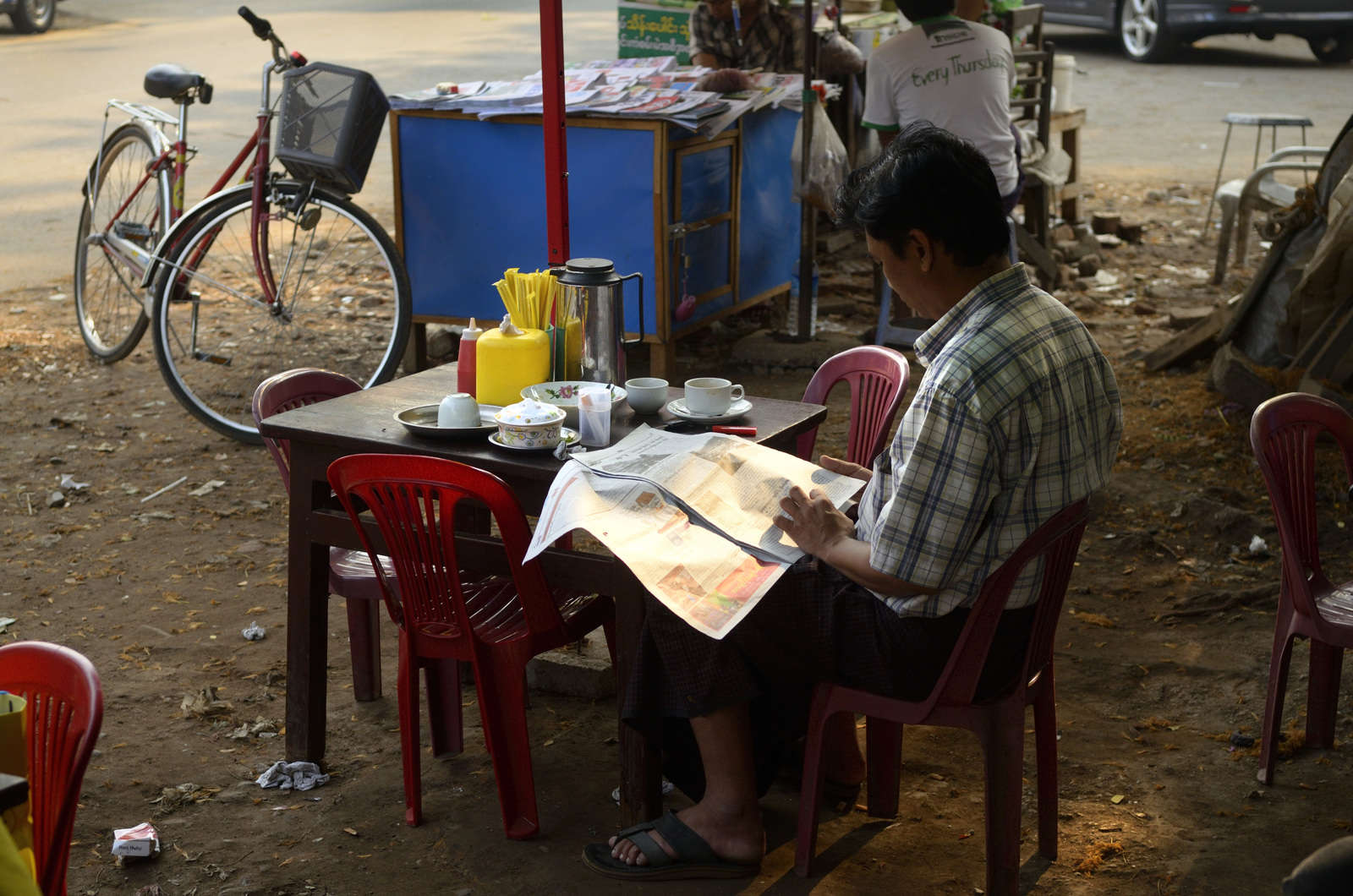
"Many residents in south-central New Mexico spend a lot of time at cemeteries. More than 60 years after the detonation of the first atomic bomb in their backyards, Trinity downwinders still feel abandoned and left to deal on their own with three generations of suffering and deaths that continue to this day." Photo credit is Luis Sanchez Saturno/The Santa Fe New Mexican.
New Mexico SPJ member Dennis J. Carroll, a veteran journalist based in Santa Fe; photojournalist Natalie Guillen of The Santa Fe New Mexican; and Albuquerque film producer Stuart Overbey have teamed up to begin filming a feature-length documentary that will tell the story of New Mexico’s forgotten victims of the Manhattan Project.
More than six decades after the first detonation of a nuclear device by the United States (the 1945 Trinity test), many residents of southern New Mexico feel they have been abandoned by their government, says Carroll, the film’s executive producer. “They feel as though they’ve been left to deal on their own with three generations of what appear to be radiation-induced illnesses and deaths that have left few families unscathed, and that continue to this day,” he says. “We all know of the suffering of the citizens of Hiroshima and Nagasaki, but few are aware of the deaths and illnesses the U.S. apparently inflicted on its own citizens before the bombs were ever dropped on Japan.”
The film, tentatively titled: “America’s Hibakusha—The Forgotten Children of the Bomb,” will cite a recent study by the national Centers for Disease Control and Prevention that appears to confirm the fears of many of the residents of the Tularosa Basin.
Residents were not warned of the July 16, 1945 early morning blast, and over the 70 years that followed, Carroll points out that no one returned to assess the environmental damage or the health of the ranchers, citizens of nearby towns, and Mescalero Apache community. Altogether, about 30,000 people were exposed to the blast; some were living within 10 miles of the detonation of the 19-kiloton atomic bomb. That bomb, known as “the gadget,” was basically the same bomb that was dropped on Nagasaki a few weeks later.
According to Carroll, the film will focus on several individuals and their families and their multigenerational journey—“from being unwitting participants in the world’s biggest science experiment to their awakening after decades of unceasing illness and deaths to the realization that their own government might be responsible for their suffering, and their current resolve and actions toward achieving historical recognition and compensation for their sacrifices.”
“We have had 14 diagnoses of major cancers in the past 15 years in our family,” said Tresa Van Winkle of Alamogordo, one of the downwinders. “It is time to sort through the ashes and find the truth.”
For more information, please visit these related links:
Carroll’s story on the subject in The Santa Fe New Mexican: http://bit.ly/sitYBQ
The fundraising narrative and video on Indiegogo.com: http://www.indiegogo.com/Ameroca?a=370767
An interview on Mary-Charlotte Domandi’s Santa Fe Radio Cafe on KSFR: http://www.santaferadiocafe.org/podcasts/?s=dennis+carroll
For more information, or if you are interested in working on this community journalism project as a researcher or reporter, email carroll.news1@gmail.com.



